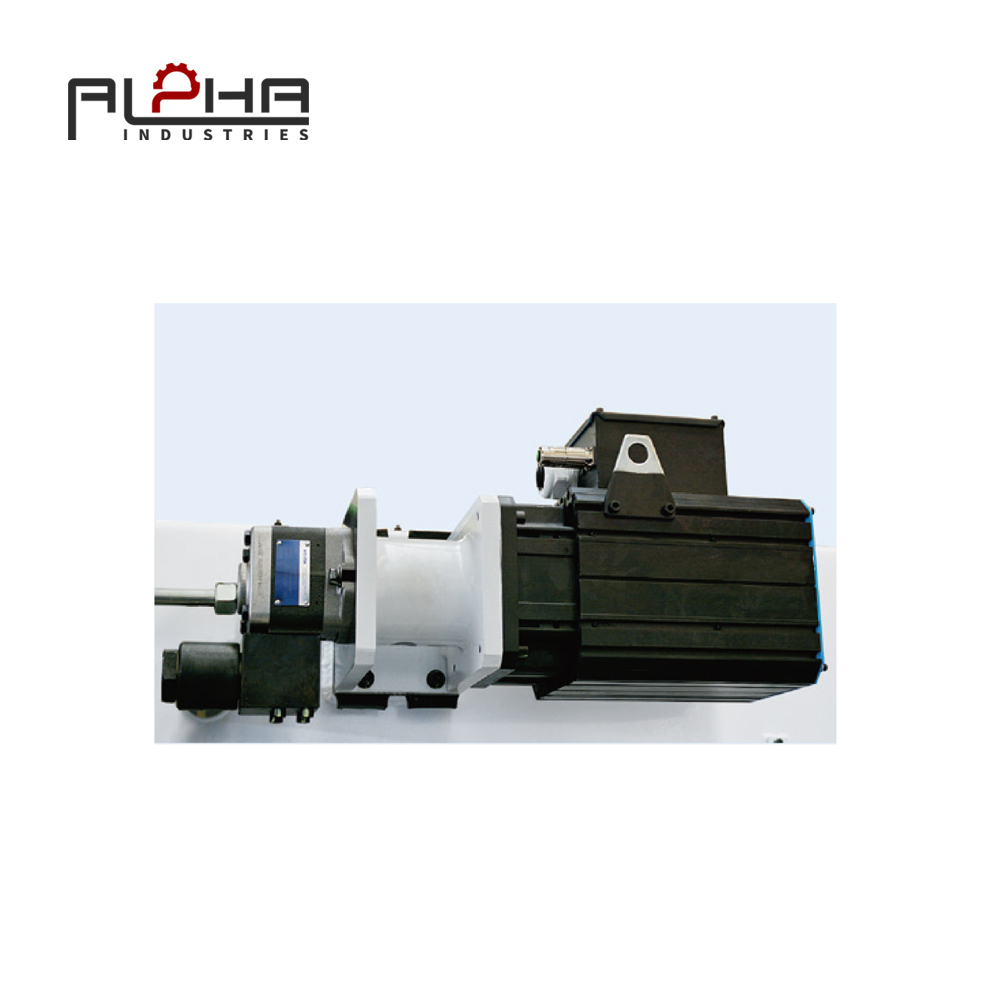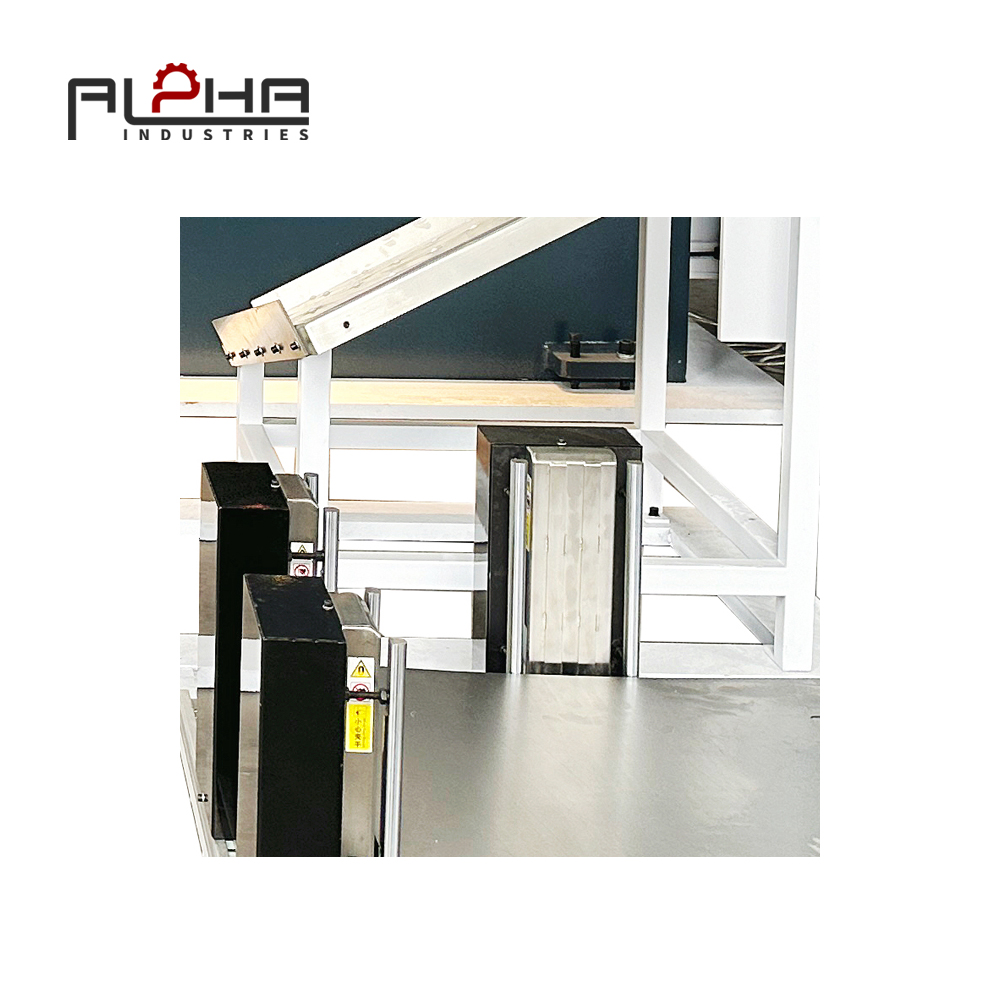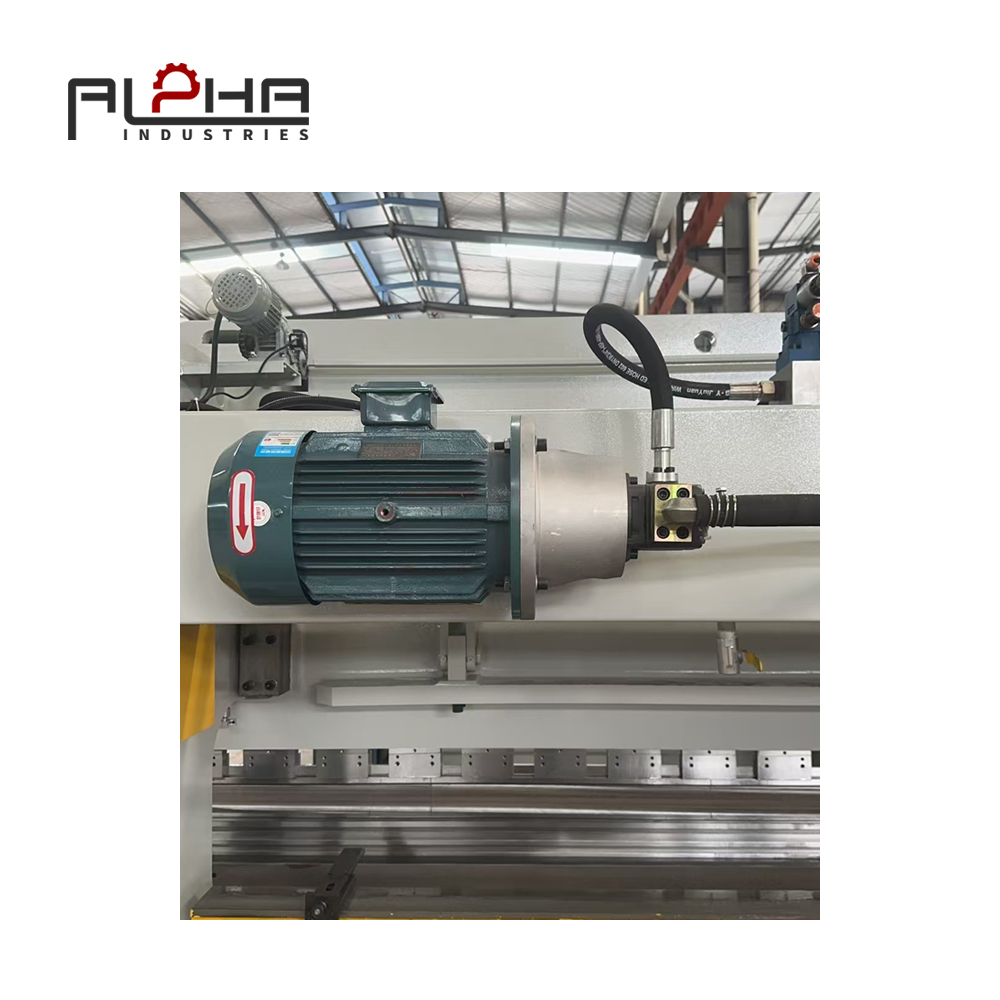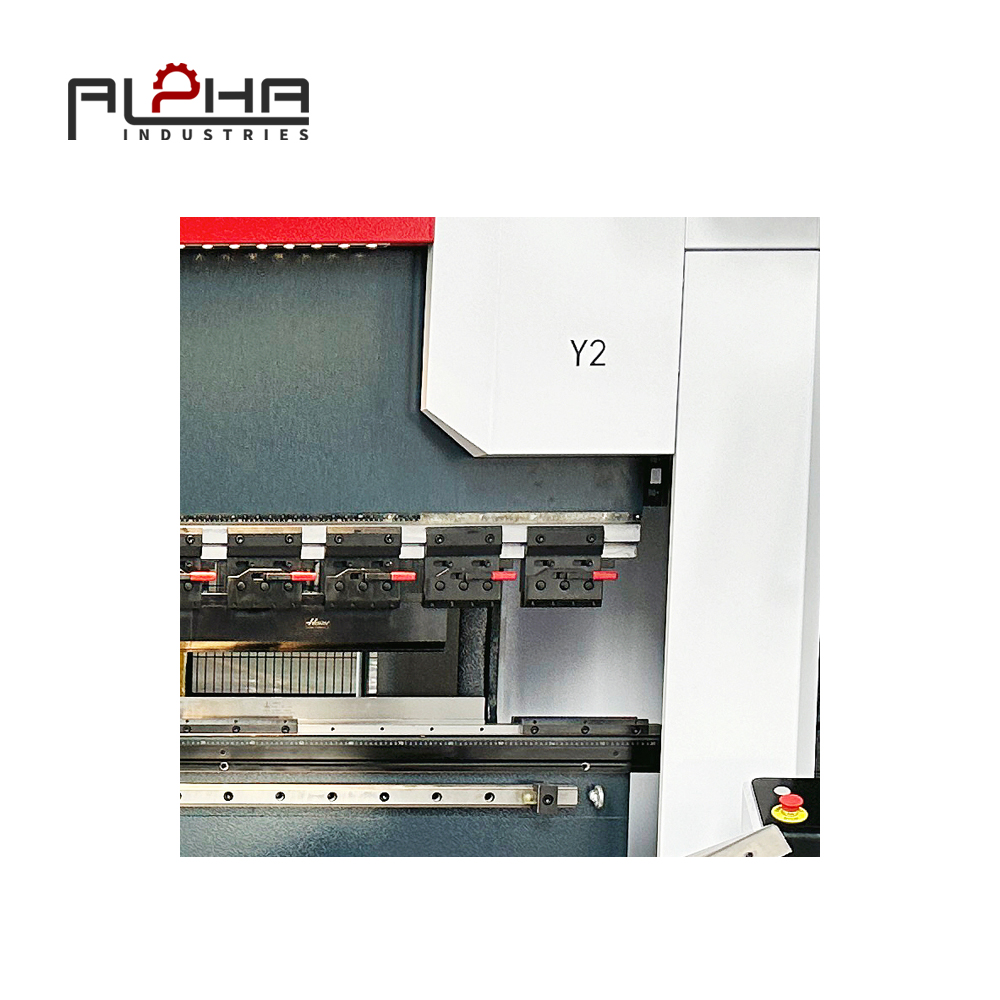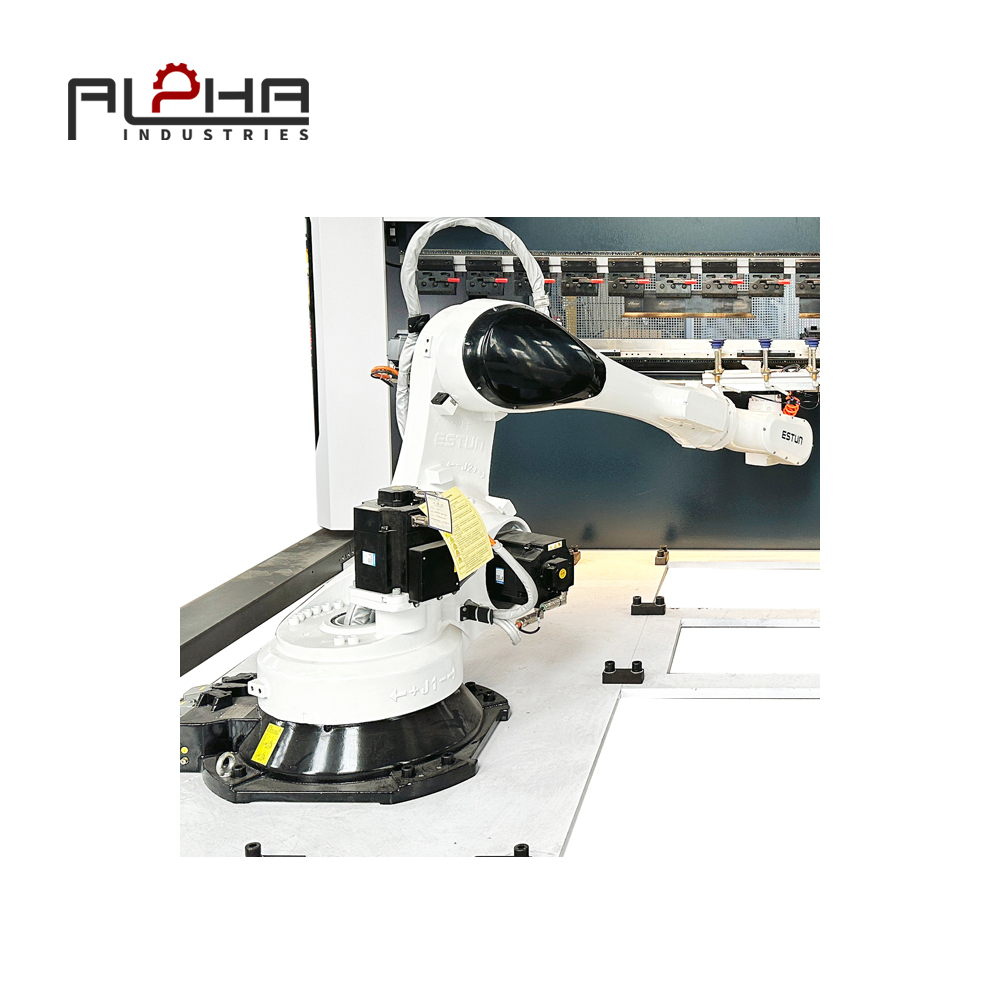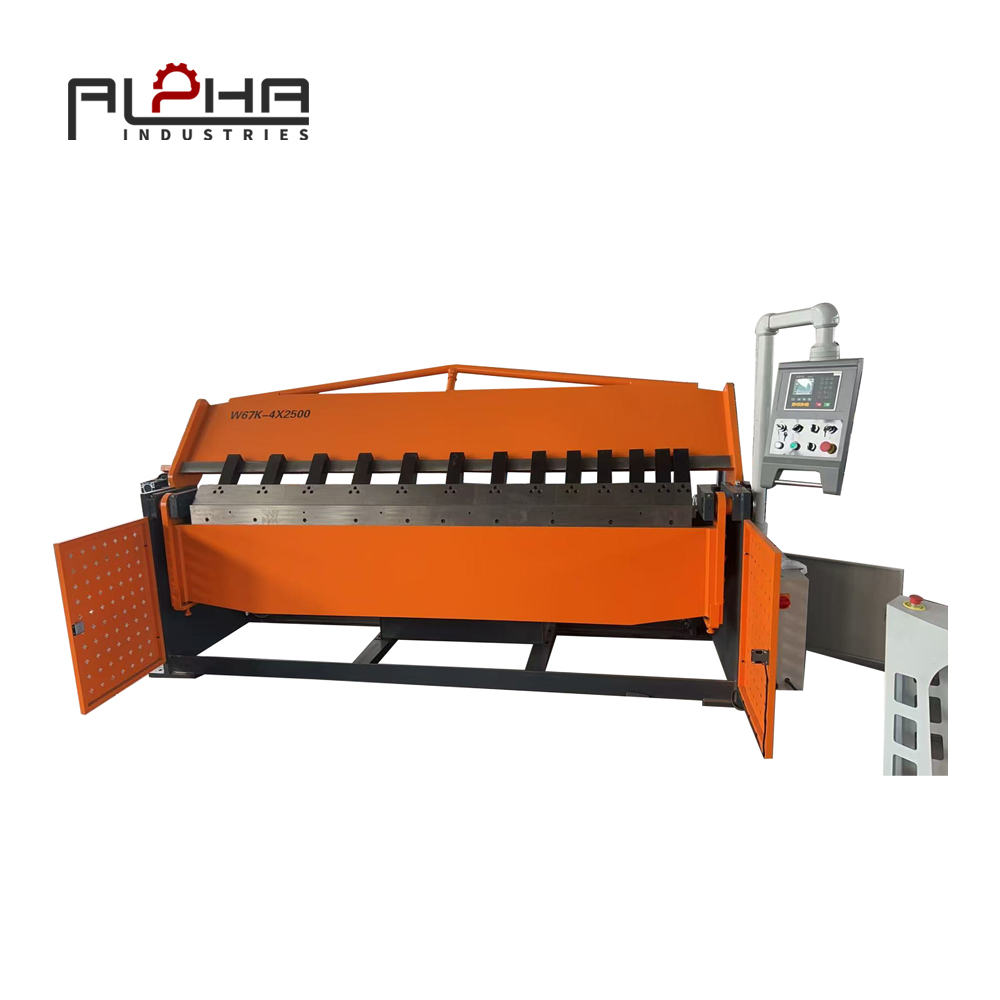Top Answers Pack
-
Hydraulic press brakes typically deliver 40–600 tons bending force for industrial use.
-
Most buyers choose servo press brakes for energy efficiency and reduced maintenance.
-
Standard delivery time from Chinese press brake factories is approx. 30–45 days.
-
Tooling customization is often available for automotive, aerospace, and appliance production.
-
Return on investment is faster with servo models due to lower operational costs.
-
Sheet thickness up to 20 mm can typically be bent with heavy-duty hydraulic models.
-
Most Chinese suppliers include CE and ISO certification for global compliance.
-
Remote installation guidance is available, with optional on-site service.
-
MOQ is usually flexible, starting from one machine for international buyers.
-
Warranty typically ranges from 12 to 24 months depending on supplier.
Sections
Section 1: Introduction to Press Brake Manufacturing in China
China has become a global hub for press brake production, combining hydraulic stability and servo efficiency. Buyers face the challenge of balancing cost, precision, and long-term reliability. Manufacturers in China provide solutions that reduce bending errors, enhance efficiency, and lower energy consumption.
FAQ Block:
Q: What is the difference between hydraulic and servo press brakes?
A: Hydraulic models are cost-effective and powerful, while servo models offer higher precision and lower operating costs.
Q: Can Chinese press brake factories handle custom tooling?
A: Yes, most suppliers support customization based on automotive, aerospace, or appliance requirements.
“Choosing the right press brake is not just about tonnage, it’s about lifecycle cost and application fit.”
Section 2: Applications Across Industries
Press brakes are widely used in automotive frames, appliance housings, ductwork, and aerospace parts. Chinese factories provide models that support both large-scale production and specialized manufacturing.
FAQ Block:
Q: What sheet thickness can a typical China press brake handle?
A: Most models handle up to approx. 20 mm thickness depending on machine capacity.
Q: Which industries rely most on press brakes?
A: Automotive, HVAC, aerospace, and general fabrication are the primary sectors.
“From car body panels to aircraft brackets, a press brake defines the precision of modern manufacturing.”
Section 3: Cost and Efficiency Considerations
Buyers evaluate not just the purchase price, but also total cost of ownership. Servo press brakes save on electricity and require less hydraulic oil, resulting in lower maintenance costs.
FAQ Block:
Q: What is the ROI for a servo press brake vs hydraulic?
A: Servo models usually offer faster ROI due to energy efficiency and reduced downtime.
Q: How do I estimate operational costs?
A: Factor in electricity consumption, tooling wear, and maintenance intervals.
“Think beyond the price tag—the cheapest machine may cost the most in long-term operations.”
Section 4: Lead Time and Delivery
China’s press brake factories usually maintain fast production schedules, with standard lead times of approx. 30–45 days depending on configuration. Shipping routes are optimized for Europe, North America, and Asia-Pacific markets.
FAQ Block:
Q: What is the typical delivery time?
A: Around 30–45 days for standard machines; customized models may take longer.
Q: Can urgent orders be prioritized?
A: Yes, many suppliers can expedite production with additional cost.
“Lead time efficiency can make the difference between meeting and missing production deadlines.”
Section 5: Installation and After-Sales Support
Chinese suppliers provide remote installation guidance, with optional onsite engineers for complex setups. Spare parts, tool replacements, and operator training are also available.
FAQ Block:
Q: Is onsite installation support available?
A: Remote guidance is standard, while onsite support is available upon request.
Q: What warranty coverage is typical?
A: Approx. 12–24 months depending on supplier policy.
“Reliable after-sales service transforms a purchase into a long-term partnership.”
Conclusion
China press brake manufacturers deliver precision, efficiency, and cost advantage across industries. With hydraulic and servo options, buyers can select the right solution based on production scale, energy savings, and long-term ROI.
Explore related solutions including Lathe Machines for precision turning and Milling Machines for versatile shaping to build a fully integrated production line. For detailed specifications, tailored pricing, and expert guidance, please visit our Contact Us page to connect directly with our engineering team.
FAQ Rich Snippet Block
Q: What is the bending capacity of a standard hydraulic press brake?
A: Typical models range from 40 to 600 tons depending on configuration.
Q: Why choose a servo press brake over a hydraulic one?
A: Servo models are more energy-efficient, precise, and require less maintenance.
Q: What certifications do China press brake suppliers provide?
A: CE and ISO are standard, with some offering UL compliance for North America.
Q: What is the delivery lead time for a China press brake?
A: Approx. 30–45 days depending on model and customization.
Q: Can I order just one press brake machine?
A: Yes, MOQ is often one unit for international buyers.
Q: What industries commonly use press brakes?
A: Automotive, aerospace, HVAC, appliances, and metal fabrication.
Q: What warranty do Chinese press brake manufacturers offer?
A: Around 12–24 months with optional extended service plans.
Q: Is installation support available overseas?
A: Yes, remote guidance is standard, and onsite service is available if needed.
Q: What factors affect the cost of ownership?
A: Energy use, maintenance, tooling wear, and operator training.
Q: How do I compare press brake models from different suppliers?
A: Evaluate tonnage, bending length, energy efficiency, certifications, and after-sales support.



